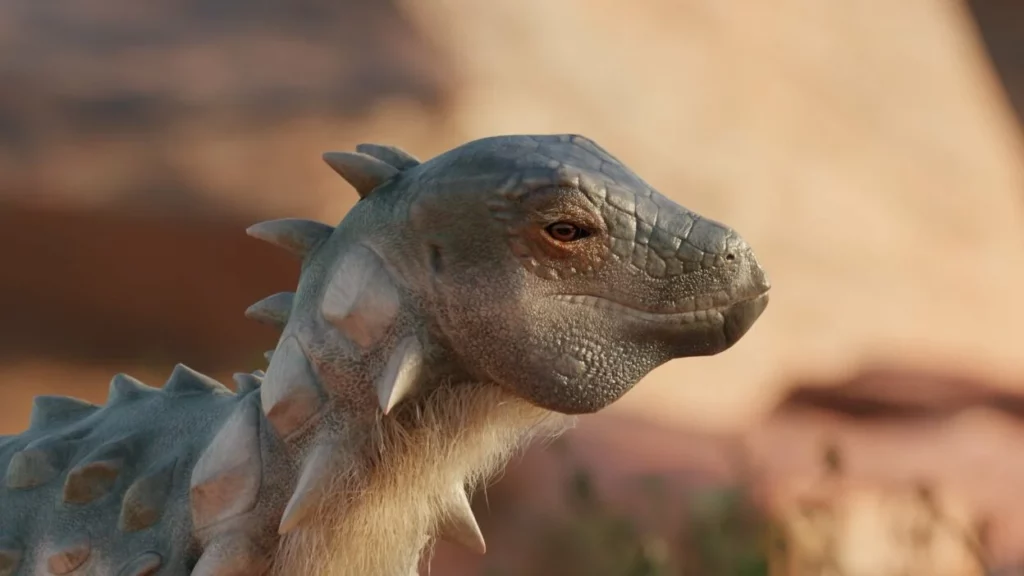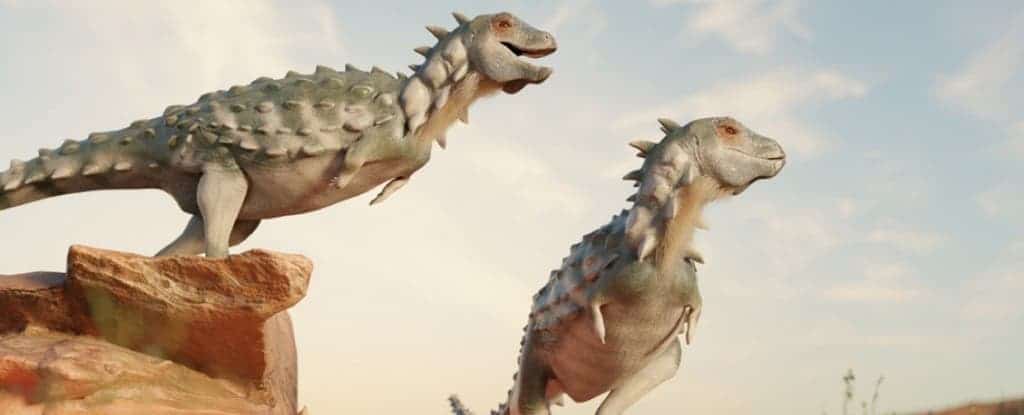
You’ve probably heard about Ankylosaurus (or at least seen a picture of it), a heavily armored four-legged dinosaur with a large club-like protrusion at the end of its tail. These fascinating dinosaurs belonged to the order Thyreophora, meaning “shield bearers”, and used to be some of the most extraordinary creatures to roam the Earth. Now, paleontologists have discovered a much more primitive relative of Ankylosaurus, a small armored Cretaceous dinosaur that lived about 100 million years ago in South America.
The newly discovered thyreophoran was uncovered during digs in the Río Negro province of Argentina in northern Patagonia and may represent an entirely new lineage of armored dinosaurs that called South America their home.
Known as Jakapil kaniukura, this dinosaur scurried on two legs and had rows of body disk-shaped armor along its neck, back, and right down its tail, quite similar to Ankylosaurus. This bony armor would have offered some protection in the face of predators — and the tiny Cretaceous dinosaur must have found it handy.

Measuring about 1.5 meters in length but weight only 4 to 7 kilograms, Jakapil was in the weight class of a housecat. The herbivore’s low weight and upright body probably helped Jakapil be very agile, but also vulnerable if caught. Thankfully, its armor would have made it challenging for a predator to pierce its flesh.
It probably used its short, but powerful beak to munch on tough, woody vegetation. This fantastic CGI animation below gives us a hint of how Jakapil must have looked and sounded like prowling through the arid steps of Patagonia in the Cretaceous.
The excavations in Río Negro were led by internationally renowned paleontologist Sebastian Apesteguia, who found a partial skeleton of Jakapil along with 15 tooth fragments with a strange leaf-like shape, similar to iguana teeth. Jakapil is much older than either Ankylosaurus or Stegosaurus and represents the only armored dinosaur in South America. Most thyreophorans are known from the Northern Hemisphere.
“It bears unusual anatomical features showing that several traits traditionally associated with the heavy Cretaceous thyreophorans did not occur universally,” the authors of the new study wrote. “Jakapil also shows that early thyreophorans had a much broader geographic distribution than previously thought.”
The findings were reported in the journal Scientific Reports.






